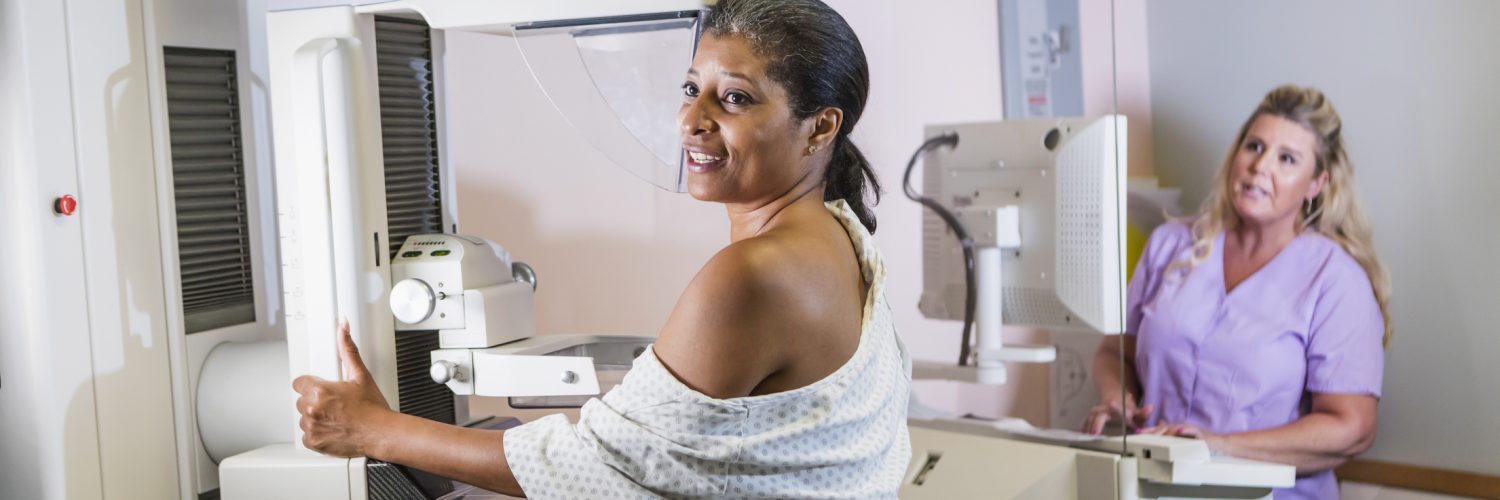What to know and how to take action
Breast cancer is one of the most common cancers among women, but early detection saves lives. Understanding your risk, doing self-checks, and getting regular screenings are key to protecting your health.
Know the risk factors, which include:
- A family history of breast, ovarian, or prostate cancer
- Carrying BRCA1 or BRCA2 gene mutations
Talk to your doctor about your breast density, which can affect both your risk and how well a mammogram detects cancer.
Practice breast self-awareness
- Be familiar with what’s normal for your breasts
- Stay alert to signs like redness, swelling, or pain
- Watch for changes such as new lumps, skin dimpling, or nipple discharge
Contact your doctor if you notice anything different or unusual.
Understand your screening options
- Mammogram, the most common breast screening tool
- Breast MRI for women at higher risk or with dense tissue
- Clinical breast exam during a routine check-up
Follow screening guidelines
- Ages 20s and 30s: Clinical breast exam every 1–3 years (for those who have average risk)
- Ages 40 to 74: Get a mammogram every 2 years
Women at higher-than-average risk may need earlier and/or additional types of screenings. Ask your doctor what’s right for you.
*Source: U.S. Preventive Services Task Force



